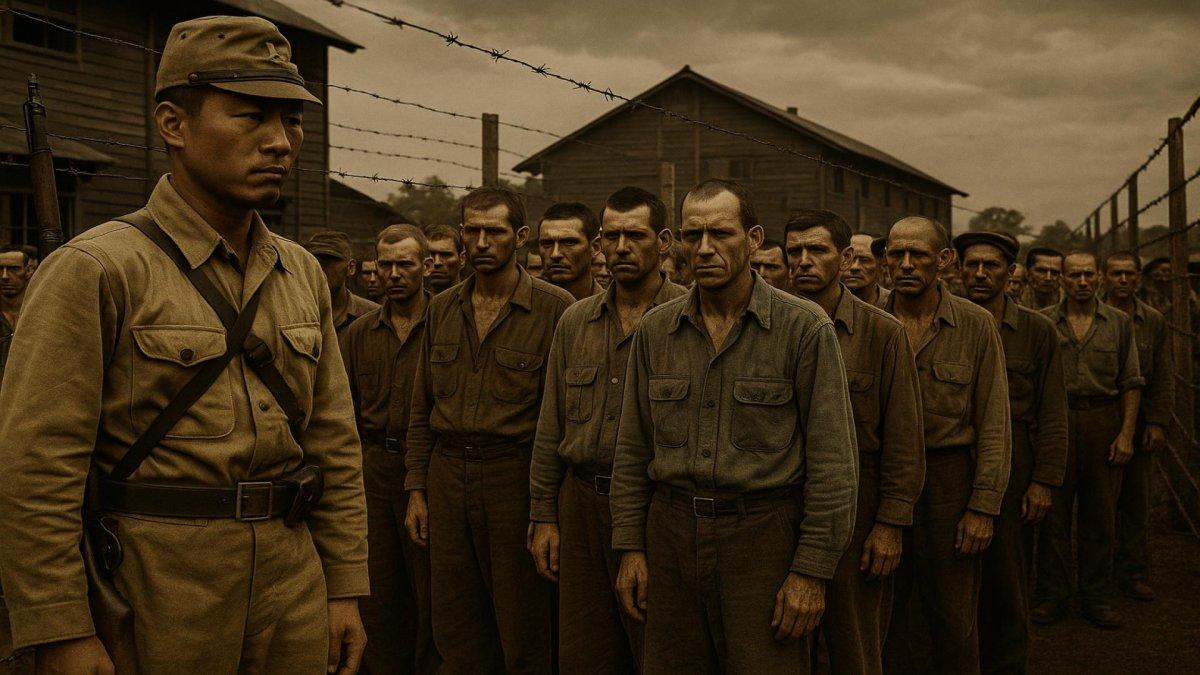3. Brutal Forced Labor

Prisoners in Japanese camps were routinely subjected to grueling forced labor. Many were sent to infamous projects like the Burma Railway, where heat, exhaustion, and malnutrition claimed thousands of lives. Others toiled in mines, docks, and factories, often working from dawn until darkness with little rest or nourishment. The relentless pace and brutality led to staggering death rates, making survival itself a daily struggle.




















